Spot UV is a special processing technology commonly used in the printing and design fields that gives printed matter unique visual and tactile effects. The full name of Spot UV is “Spot Ultraviolet Coating”. It uses ultraviolet light curing technology to add a transparent, high-gloss coating to the surface of the printed matter, thereby producing a different visual effect from the surrounding area.
Features of Spot UV
High-gloss effect: Spot UV can create a high-gloss effect by adding a transparent UV coating to specific areas, making the covered area appear bright and shiny when illuminated by light.
Emphasize details
This technique can be used to emphasize specific details or patterns on a print, making them more prominent within the overall design.
Improve texture
Spot UV is not only a visual improvement, it can also add tactile texture to printed matter. Areas covered by a UV coating will often feel smooth and slightly raised, providing a noticeable tactile contrast to the rest.
Increased durability
UV coating not only provides a unique look but also increases the durability of your prints. It protects print surfaces from scratches, stains and everyday wear and tear.
How to apply Spot UV?
In print design, applying Spot UV requires some professional preparation and technology. The following are general application steps:
Design file
In the design file, it is necessary to clearly identify which areas need to apply the Spot UV effect. This is usually achieved by using a dedicated Spot color channel in the design software.
Printing preparation
In the printing preparation stage, the printing factory will use a special UV coating to print according to the Spot color channel in the design file.
Light Curing
After printing is completed, the area covered by the coating needs to be UV cured. This process allows the UV coating to quickly harden to a shiny surface.
Quality Inspection
Finally, quality inspection is performed to ensure the consistency and quality of Spot UV effects.
Summarize
Spot UV, as a printing special effect, provides designers with rich creative possibilities. With its high gloss, emphasis on detail and added texture, Spot UV not only makes prints more visually striking, but also enhances the tactile experience. When designing prints, consider using Spot UV technology to add a lot of color to your work.
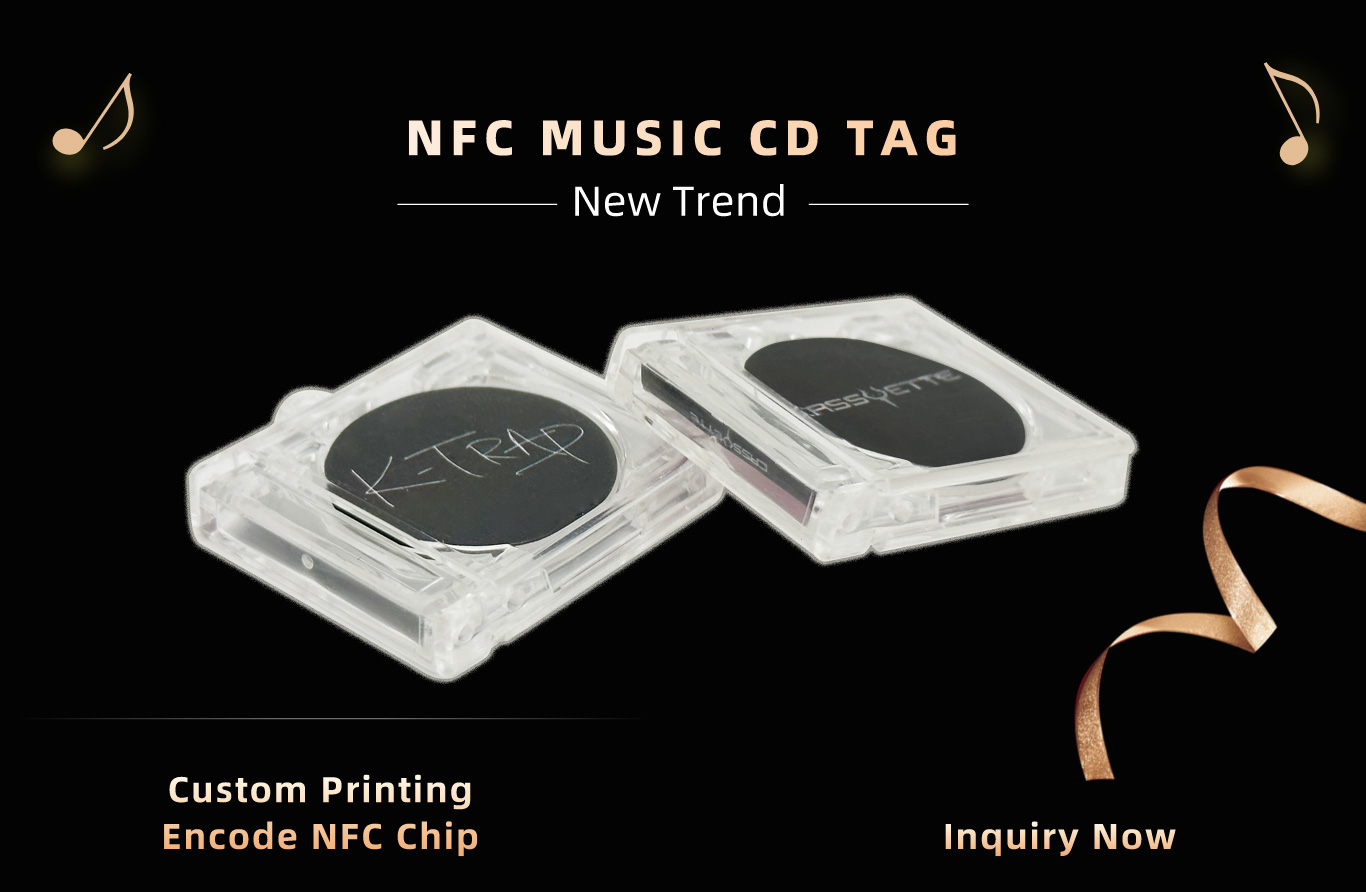
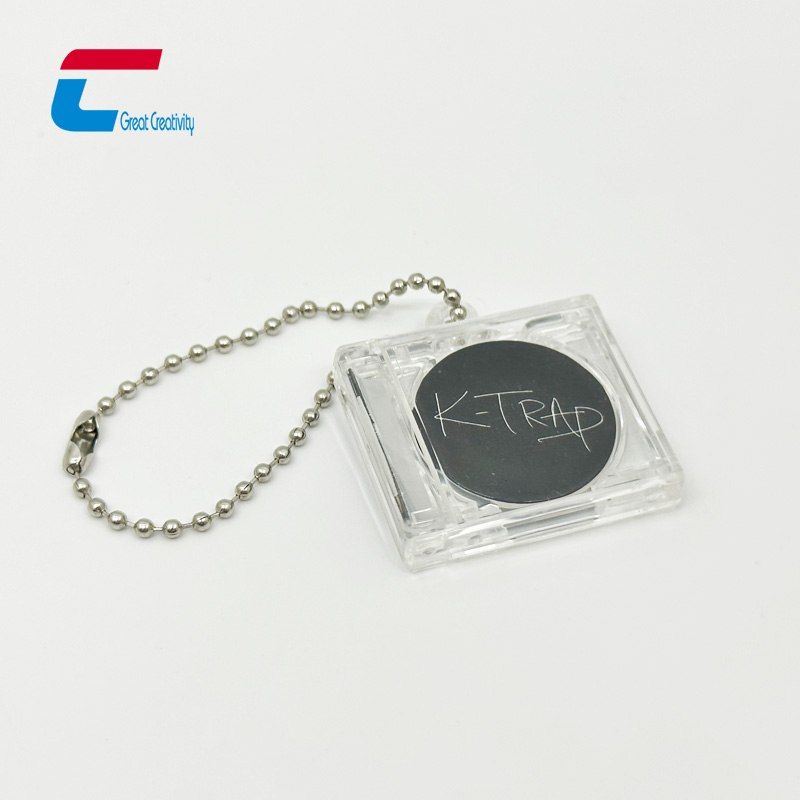


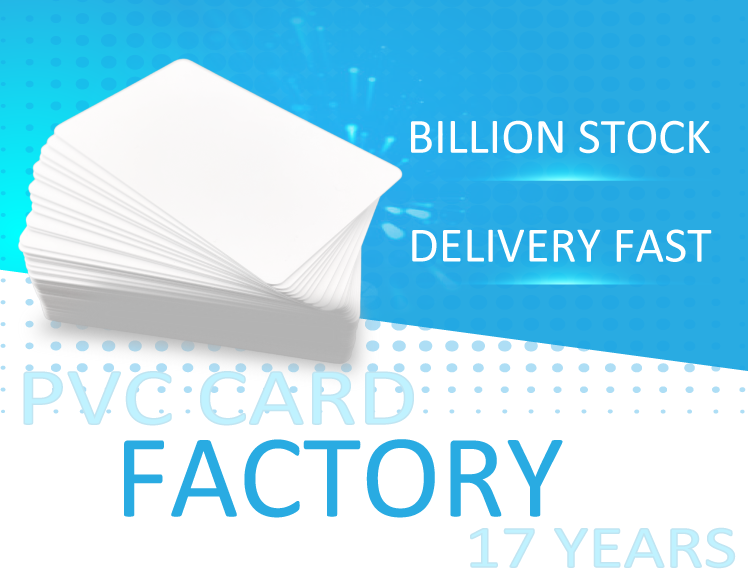
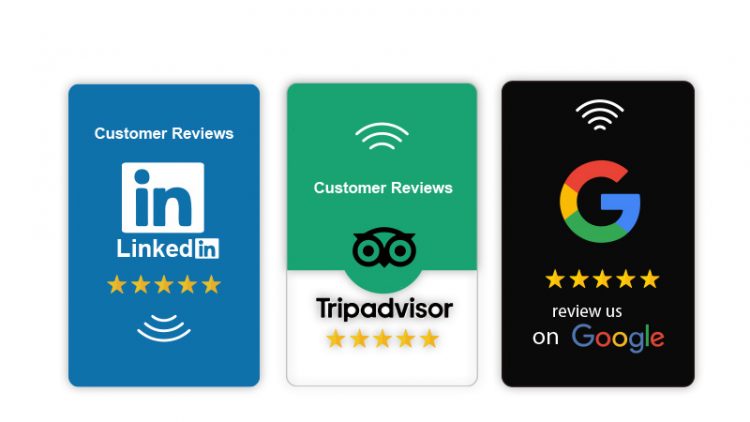

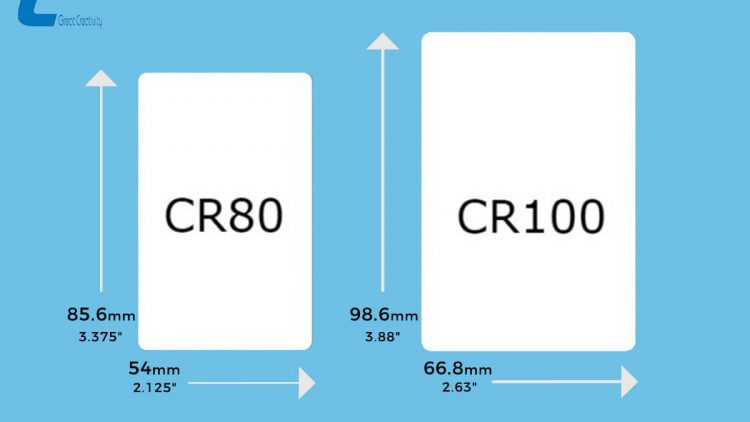
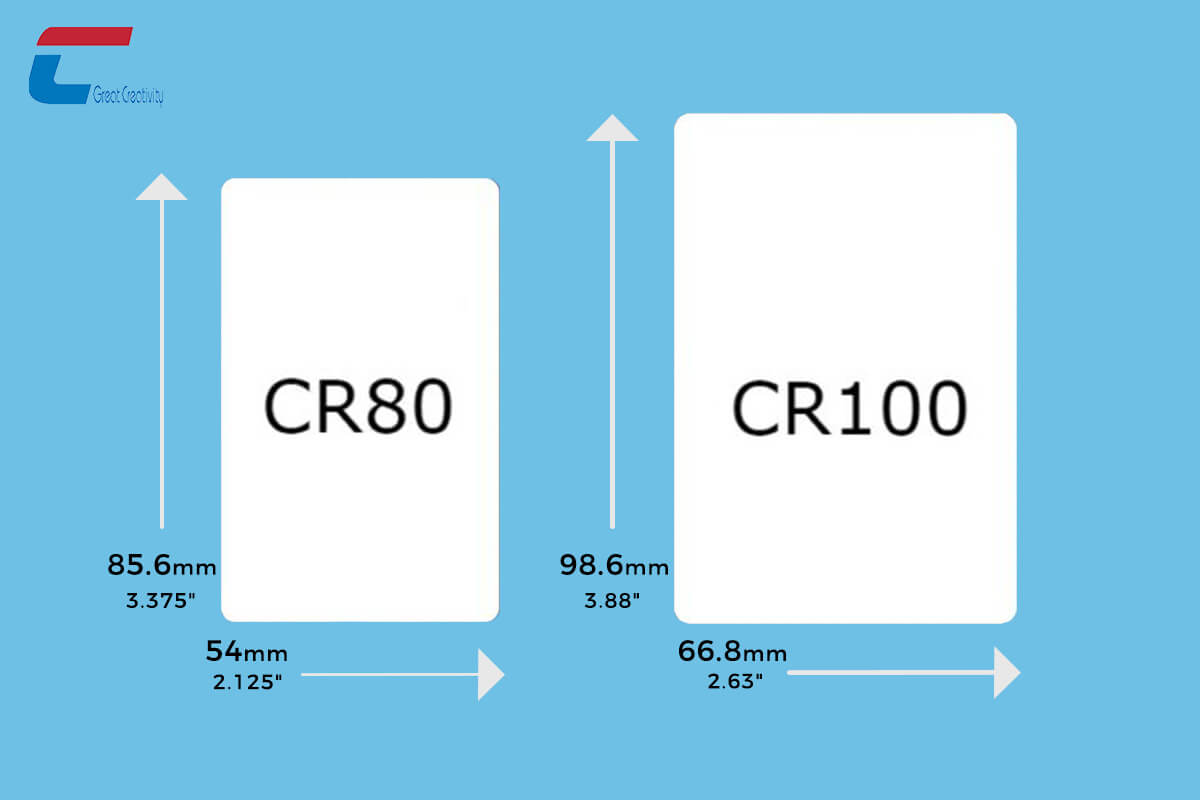
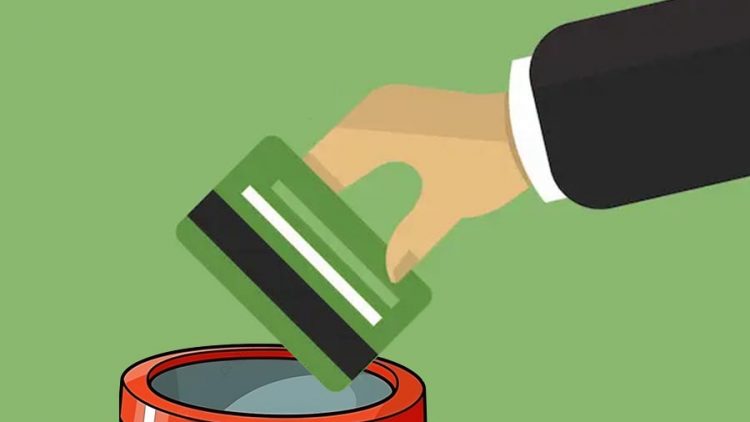
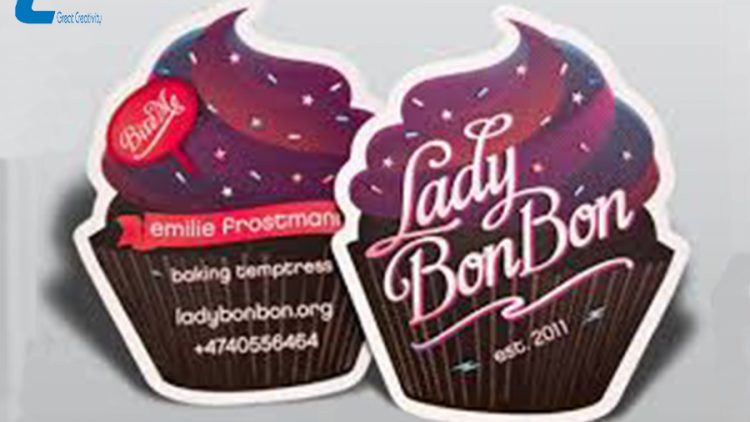
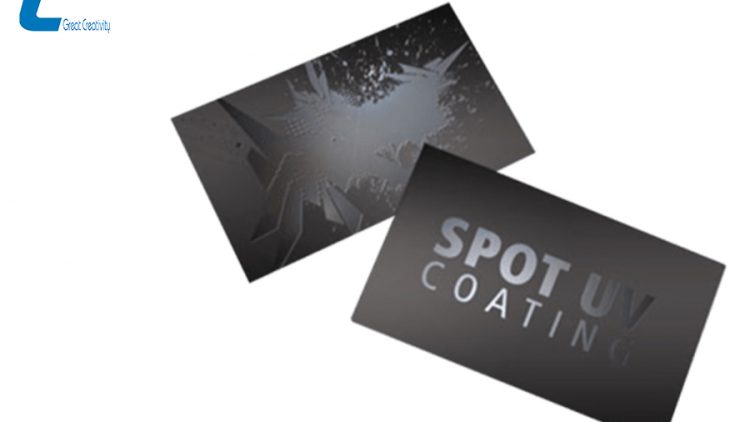
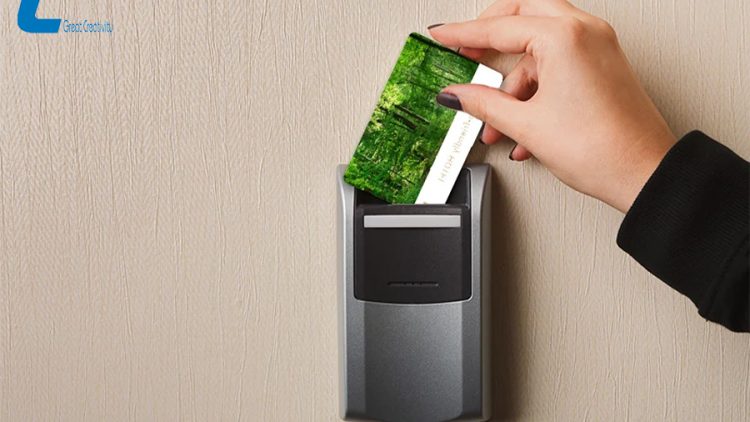
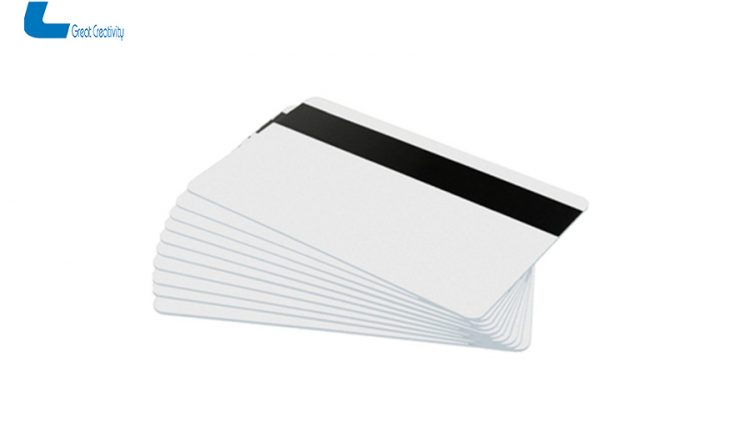
 CXJ
CXJ CXJ
CXJ